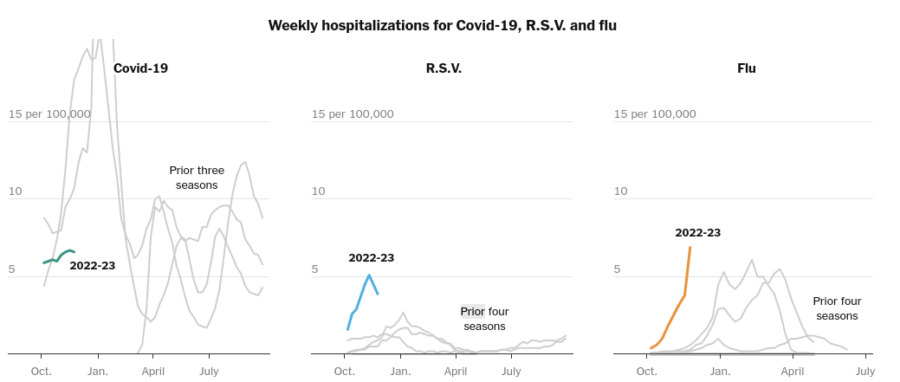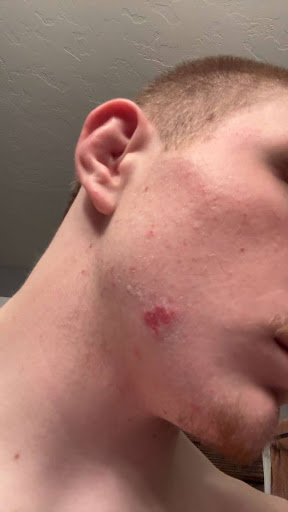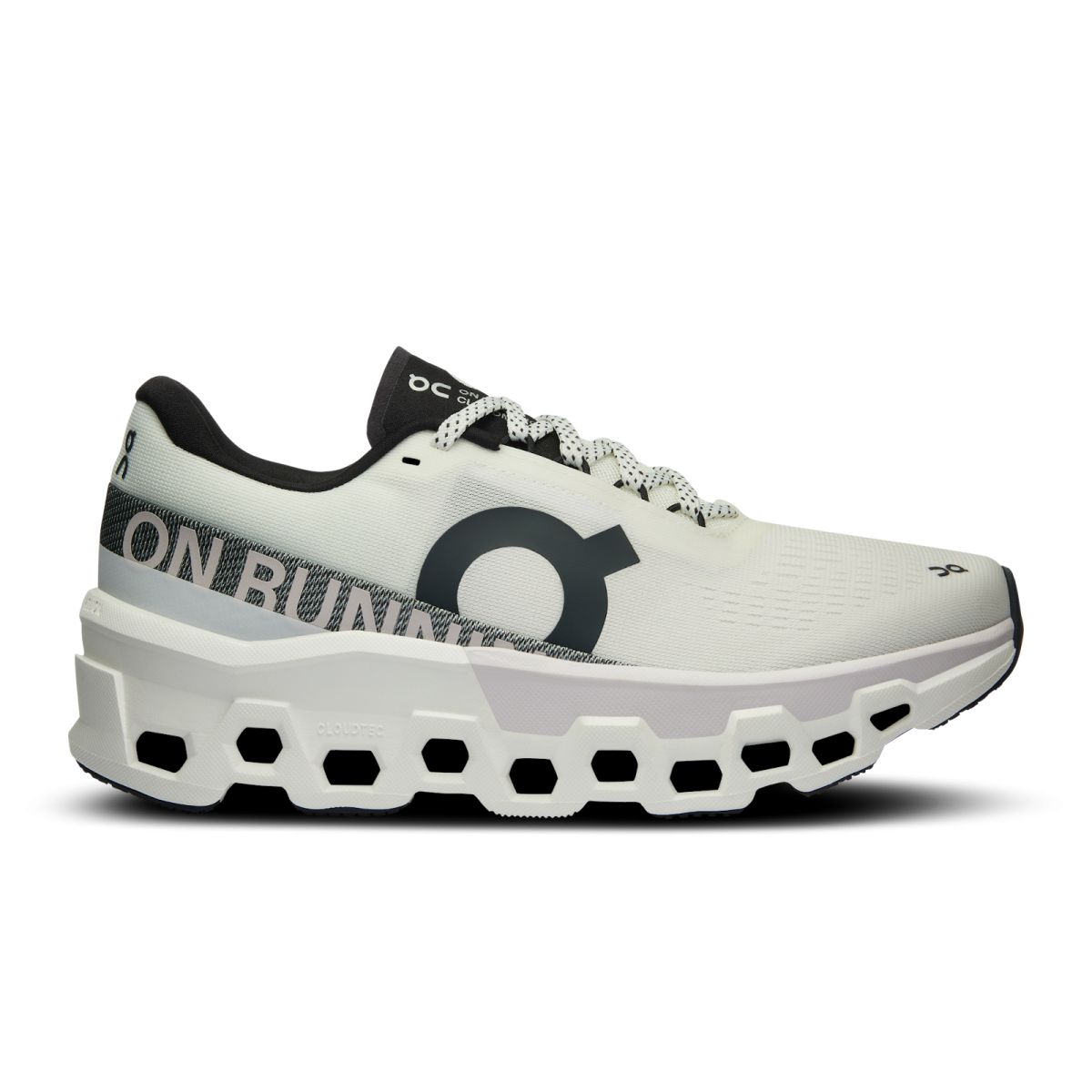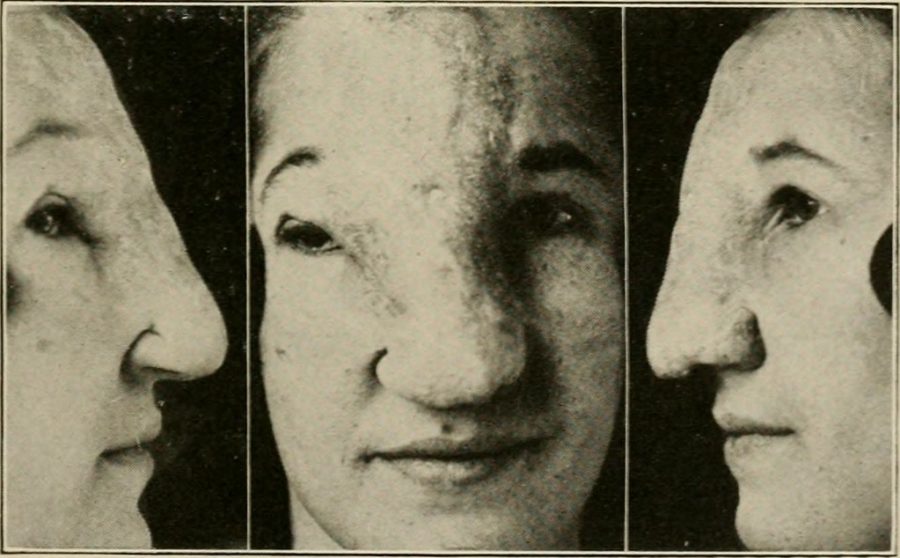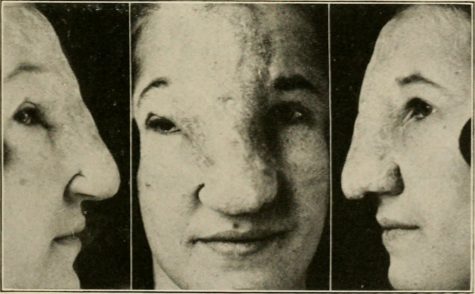Skin Cycling: The Answer
January 18, 2023
The skin is your largest and most visible organ, so it is important that you keep it healthy and looking good. These days many people find themselves using dozens of chemicals each day to do things like soften their skin or remove acne. But is this the best option? Evidence has shown that using an excessive amount of chemicals and ingredients on your skin (and your face especially) can actually have the reverse effect. In the long term it can cause damage to the skin barrier and cause outbreaks. Recently, a new trend on TikTok has been approaching skin care from a different angle. They call it skin cycling, and it is the new best way to take care of your skin because it can be tailored for anyone, and it emphasizes using fewer products.
What is Skin Cycling?
Since skin cycling is a new concept, many people still haven’t heard about it, but it is quite easy to understand. An article from the New York Times called, Should You be Skin Cycling? states, “The concept is pretty simple: a four-day cycle that alternates between the use of active ingredients and ‘nights off.’ On night one, cyclers apply a chemical exfoliant; on night two, a retinoid; and on night three and night four, a moisturizer. Cleansing is always the first step.” This cycle is very easy to follow, and it only uses one product each night, so that your skin doesn’t end up getting overworked. The article went on to quote Dr. Whitney Bowe, renowned dermatologist, and the person credited with coming up with the term ‘skin cycling’. “Dr. Bowe describes the philosophy as ‘an undoing’ of sorts, or a response to the skin care excess of the pandemic.” So in essence, skin cycling is a minimalist approach to skin care where you only use the products that you need. It also includes rest days for your skin so that it doesn’t get over stressed. This way you skin stays healthy while also achieving the desired texture.
What Makes it a Better Method?
Skin cycling has a few main benefits when compared to other routines. Firstly, because it uses a cycle that involves fewer ingredients, it is much easier to stick to. When asked what he thought about applying 1-2 ingredients per night with rest days in between, Donovan Menningen, a junior at SPASH, responded, “It sounds quite nice, because it would require less time and effort.” This factor allows you to be more consistent with your skincare routine, and therefore, achieve better results. A quote from ‘Should You be Skin Cycling?’ also states, “Many dermatologists agree that skin cycling is a good archetype to work from because it can be adapted for different skin types, ages, lifestyles, and budgets.” So one of the main draws of skin cycling is its adaptability. You can conform the process to fit towards whatever limitations of goals you have for your results.
But what benefits does it actually have for your skin? An example comes from the article ‘Should You be Skin Cycling’. [A 33-year-old in Seattle] started skin cycling because her skin was irritated from retinoid use every other day, but about one month in, her facialist told her to take just one recovery night. Together they created a new four day cycle: exfoliate, night off, retinol, night off, and repeat. Ms. Abbot said her skin is less red and appears healthier overall.
From this we can see that there is real potential for better skin with this method. Overuse can be harmful to the skin, so reigning it in with a smaller cycle can cause big improvements to its overall health.
Some People Have Doubts
Skin cycling sounds good as a concept, but there is not enough personal testimony out there to convince everyone. “My skin is so soft…I haven’t been able to get that texture in a long time.” This quote comes from Ms. Lauren Feiler in the article Should You be Skin Cycling?, and it is evidence that skin cycling works. Ms. Feiler began skin cycling after a very intense skincare routine led to breakouts, and it completely fixed her skin. Also, many people may already be reaping the benefits of skin cycling without realizing they are doing it. A survey of 55 SPASH students revealed that 63.6% of them had a skin care routine. Interestingly, many of the students’ routines mirrored a cycle similar to skin cycling. This goes to show that the routine works well, and people have began to cycle without even realizing it.
In conclusion, if you want to take care of your skin, take a look at skin cycling. The method it very cost effective, and it suits all lifestyles. It also often yields better results than intense routines that involve a smorgasbord of different chemicals and creams, and many people swear by it. More and more people are trying it every day, and it is gaining popularity. So if your current skin care routine isn’t cutting it, give skin cycling a try. You might never go back.











































